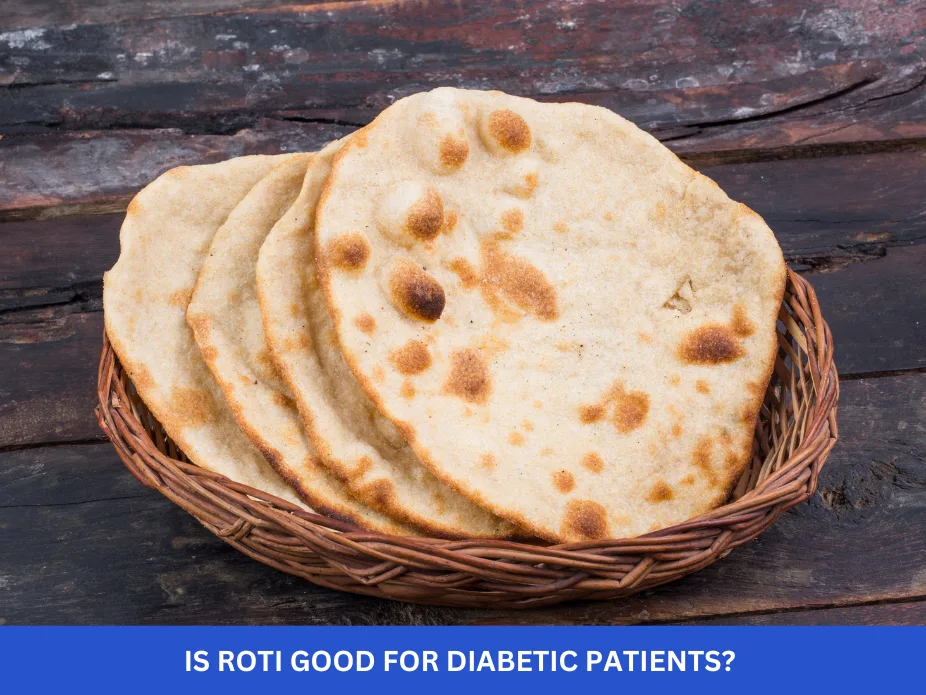Diabetes is a common health condition that affects millions of people around the world. Managing blood sugar levels is a key part of controlling the disease, and diet plays a huge role in this process. If you have diabetes, you might be wondering about which foods are safe to eat. One such food that often comes up in conversations about diabetes management is green beans.
But are green beans good for diabetics? The short answer is yes! Green beans are packed with nutrients and can be a great addition to a diabetic’s diet. In this article, we will explore why green beans are a good food choice for people with diabetes, their health benefits, nutritional facts, and how to incorporate them into your meals.
What Are Green Beans?
Green beans, also known as snap beans or string beans, are a type of legume. They come in several varieties, but the most common ones are haricot verts (French beans) and bush beans. Green beans are typically eaten fresh or cooked, and they have a crisp texture when properly prepared.
Green beans are not only tasty but are also low in calories, rich in vitamins and minerals, and packed with dietary fibre. These qualities make them an excellent choice for people looking to manage blood sugar levels, especially those with diabetes.
Nutritional Value of Green Beans
Green beans are a low-calorie, nutrient-dense food. Here’s a breakdown of their nutritional value per 100 grams of raw green beans:
- Calories: 31 kcal
- Protein: 2.4 g
- Carbohydrates: 7.1 g
- Dietary Fibre: 3.4 g
- Fat: 0.1 g
- Vitamin C: 12 mg (20% of the recommended daily intake)
- Vitamin A: 22 µg (2% of the recommended daily intake)
- Calcium: 37 mg
- Iron: 1.0 mg
- Magnesium: 25 mg
As you can see, green beans are low in calories and rich in dietary fibre, which are both essential for managing blood sugar levels.
Are Green Beans Good for Diabetics?
Green beans are an excellent food choice for people with diabetes for several reasons. Let’s explore some of the key benefits that green beans offer:
1. Low Glycemic Index
Green beans have a low glycemic index (GI), which means they have a minimal effect on blood sugar levels when consumed. Foods with a low GI are absorbed slowly by the body, helping to maintain stable blood glucose levels. This is important for diabetics as it helps in preventing spikes and dips in blood sugar.
2. High in Dietary Fibre
The dietary fibre in green beans plays a crucial role in controlling blood sugar levels. Fibre helps to slow down the absorption of glucose into the bloodstream, preventing sudden blood sugar spikes. This is especially important for people with diabetes, as they need to control their blood sugar levels throughout the day.
3. Rich in Antioxidants
Green beans are rich in antioxidants, including vitamin C and flavonoids, which help protect the body from oxidative stress. Oxidative stress occurs when the body’s cells are damaged by free radicals, and it can lead to inflammation, which is a common issue for people with diabetes. Consuming antioxidants can help reduce this inflammation and improve overall health.
4. Low in Carbs
For people with diabetes, managing carbohydrate intake is important. Green beans are low in carbohydrates, which makes them a great food choice for diabetics looking to control their carb consumption. Since they are primarily made up of water and fibre, they don’t cause significant spikes in blood glucose.
5. Supports Heart Health
People with diabetes are at a higher risk of heart disease. Green beans contain potassium, which helps regulate blood pressure and supports heart health. Additionally, the antioxidants in green beans help prevent inflammation, further supporting cardiovascular health.
6. Helps with Weight Management
Maintaining a healthy weight is important for managing diabetes. Green beans are low in calories and rich in fibre, making them filling and satisfying without contributing to weight gain. Including them in meals can help manage hunger and promote weight loss.
How to Incorporate Green Beans Into a Diabetic-Friendly Diet
Green beans can be enjoyed in many ways. They can be eaten raw, steamed, boiled, sautéed, or even added to soups and stews. Here are a few tips on how to incorporate green beans into your diabetic-friendly diet:
1. Steamed or Boiled Green Beans
One of the healthiest ways to prepare green beans is by steaming or boiling them. This helps retain most of their nutrients while keeping the calorie count low. You can add a pinch of salt and a drizzle of olive oil for extra flavour.
2. Add to Stir-Fries
Green beans make an excellent addition to stir-fries. You can combine them with other vegetables like bell peppers, carrots, and zucchini, along with some lean protein like chicken or tofu, for a balanced, diabetic-friendly meal.
3. Green Bean Salad
Make a fresh green bean salad by tossing steamed green beans with tomatoes, onions, and your choice of herbs. Dress with olive oil and lemon juice for a healthy, light salad.
4. Green Bean Soup
A healthy green bean soup can be a great option for diabetics. You can make a simple soup using green beans, onions, garlic, tomatoes, and a low-sodium vegetable broth.
5. Roasted Green Beans
Roasting green beans with a little olive oil, garlic, and your favourite spices can create a delicious side dish. This method brings out the natural sweetness of the green beans while keeping the calories low.
Can Green Beans Help in Diabetes Prevention?
Green beans are a great addition to any diet, especially for people at risk of developing diabetes. They provide a good source of dietary fibre, which can help control blood sugar levels. The low glycemic index of green beans makes them an excellent choice for preventing high blood sugar spikes after meals. Including green beans in your daily meals, along with other healthy foods, can support healthy blood sugar levels and help prevent the onset of diabetes.
What Are the Best Ways to Eat Green Beans for Diabetics?
There are several ways diabetics can enjoy green beans, depending on personal preferences and dietary restrictions. Here are some of the best ways to eat green beans for diabetes:
1. With Healthy Fats
Pair green beans with healthy fats like olive oil or avocado to help slow down the absorption of glucose and make your meal more satisfying.
2. Combine with Lean Proteins
Green beans go well with lean proteins like chicken, fish, or tofu. Protein helps to stabilise blood sugar levels and makes your meal more filling.
3. In Moderation
While green beans are a great food for diabetics, it’s important to eat them in moderation, as part of a balanced diet. Too much of any food can cause issues, so it’s best to enjoy them as part of a diverse meal plan.
Frequently Asked Questions (FAQ)
1. Are green beans low in carbs?
Yes, green beans are low in carbohydrates. They contain just 7 grams of carbohydrates per 100 grams, making them an ideal choice for diabetics who need to manage their carb intake.
2. Can I eat green beans every day if I have diabetes?
Yes, you can eat green beans every day as part of a balanced diet. They are low in calories, rich in fibre, and have a low glycemic index, which makes them a great addition to a diabetic-friendly diet.
3. Do green beans affect blood sugar levels?
No, green beans have a minimal impact on blood sugar levels due to their low glycemic index and high fibre content. They are a great option for keeping blood sugar levels stable.
4. What are the benefits of green beans for diabetics?
Green beans provide several benefits for diabetics, including controlling blood sugar, supporting heart health, providing antioxidants, and helping with weight management.
5. How many carbs are in green beans?
Green beans contain 7.1 grams of carbohydrates per 100 grams. Most of these carbs come from fibre, which helps slow down the absorption of glucose.
Conclusion
Green beans are not only delicious but also packed with essential nutrients that can benefit people with diabetes. Their low glycemic index, high fibre content, and numerous health benefits make them a great addition to any diabetic-friendly diet. Whether you eat them steamed, in a salad, or roasted, green beans can help manage blood sugar levels and contribute to overall health.
If you have diabetes, adding green beans to your meals can help keep your blood sugar stable and support your long-term health goals.



